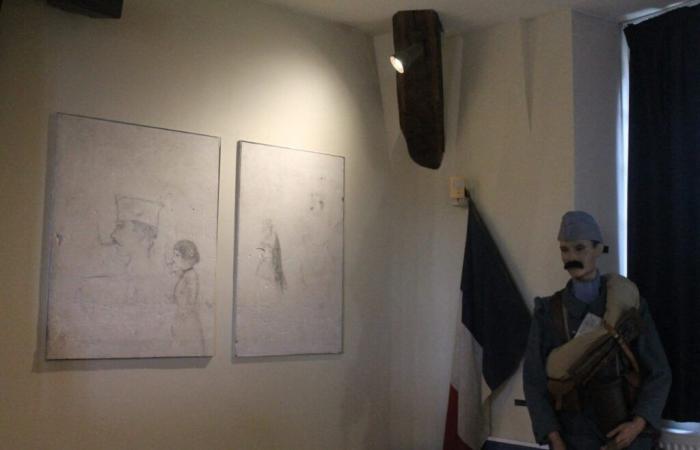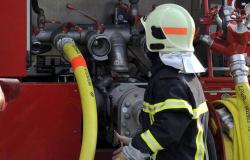Par
Pontoise editorial team
Published on
Nov. 27 2024 at 10:41 am
See my news
Follow La Gazette du Val d’Oise
On the occasion of 106e birthday of theArmistice on November 11, 1918, the Pierre-Salvi museum in Viarmes (Val-d'Oise) inaugurated an extraordinary exhibition.
Named “Walls-Walls of the Great War”, it gives a voice to the poilus, these soldiers French of the World War I who were in the trenches, telling visitors their story which they had immortalized on the walls of an agricultural outbuilding on rue Gaudron.
Drawings
Discovered in 2020, these sketches and drawings of men, women andanimals were carefully extracted from the wall to give to them.
The walls spoke to us through these drawings.
After photographing these workshe gave them speech and gestures, thanks to a digital technique of artificial intelligence.
“I wanted these characters be as close to reality as possible,” he explains.
To do this, research into their lives, as well as their contribution to Great War were carried out by several volunteers, including Léopold Jean and François Gentili, volunteers from the Valar Carnellis association.
It is a rescue, conservation and development operation.
Illustration of the Great War
Beyond his wall drawings and reproduction digitalthe museum offers two other exhibitions, “The entrenched camp of Paris” and “The underground traces of the Great War”.
The first, visible in the reception hall, traces the trenches military discoveries near Viarmes, notably by François Gentili, also archaeologist for the National Institute for Preventive Archaeological Research (Inrap).
The second tells the story of the underground graffiti of Naours, in the Somme, drawn during the war.
To be found during the visit: stagings of the daily life at the beginning of the 14th centurye century, clothes, newspapersletters specially lent by a woman from Viarmois, Nathalie Le Gonidec, helmets, binoculars, photos, shells…
These objects allow us to understand and apprehend the historical context experienced by the poilus.
The entrance is libre and free until February 23.
Océane DUPUIS
Follow all the news from your favorite cities and media by subscribing to Mon Actu.






